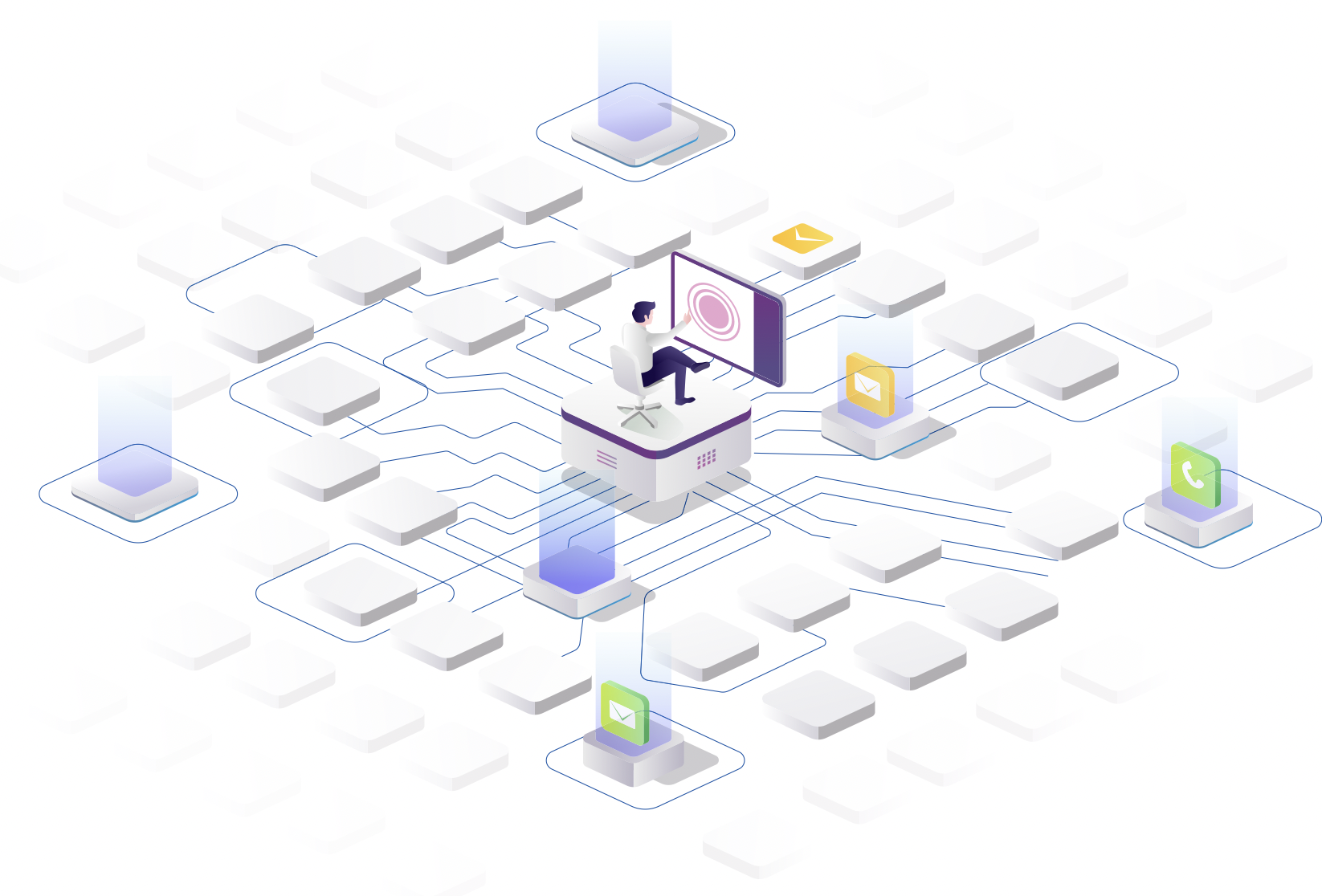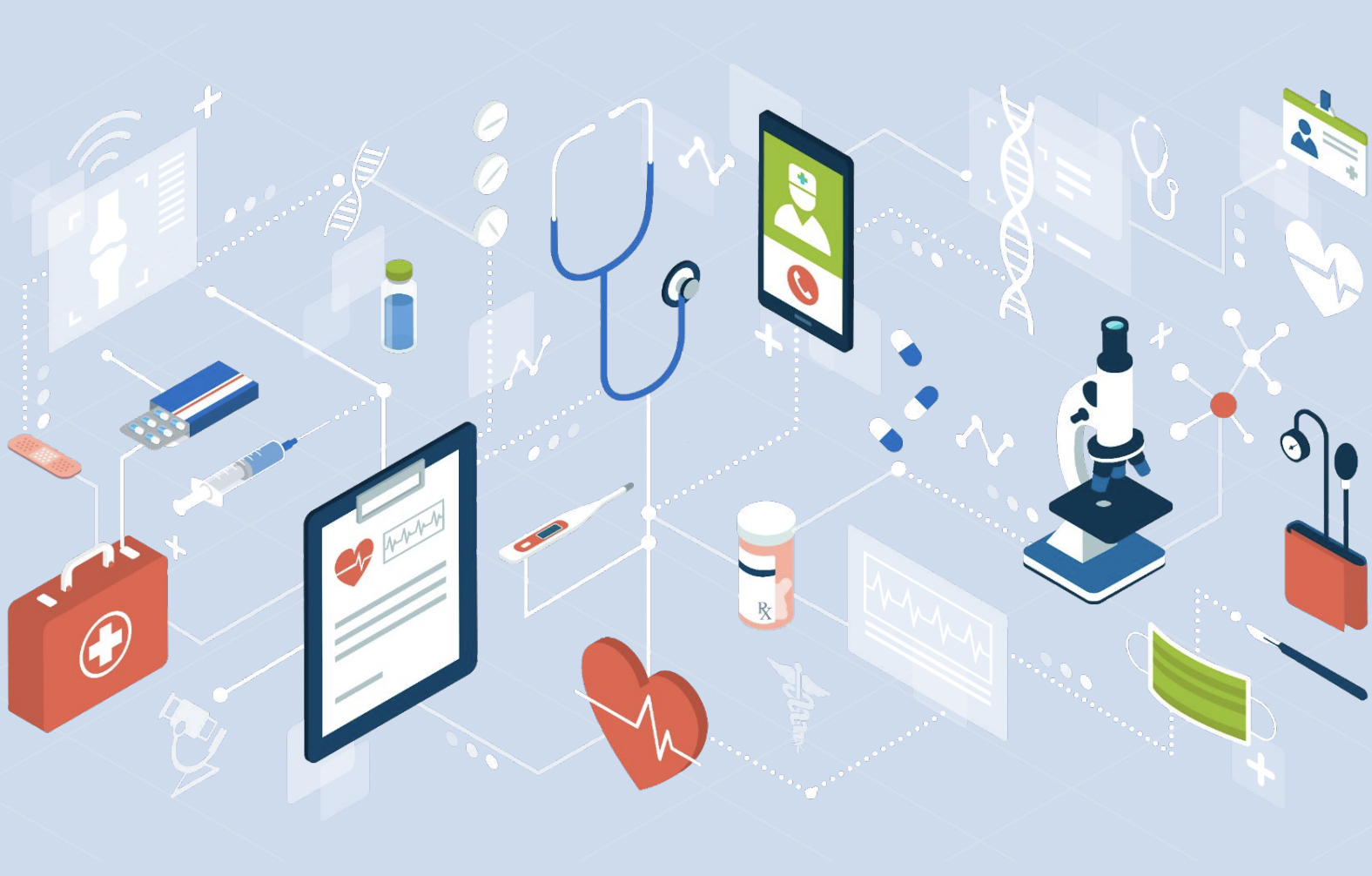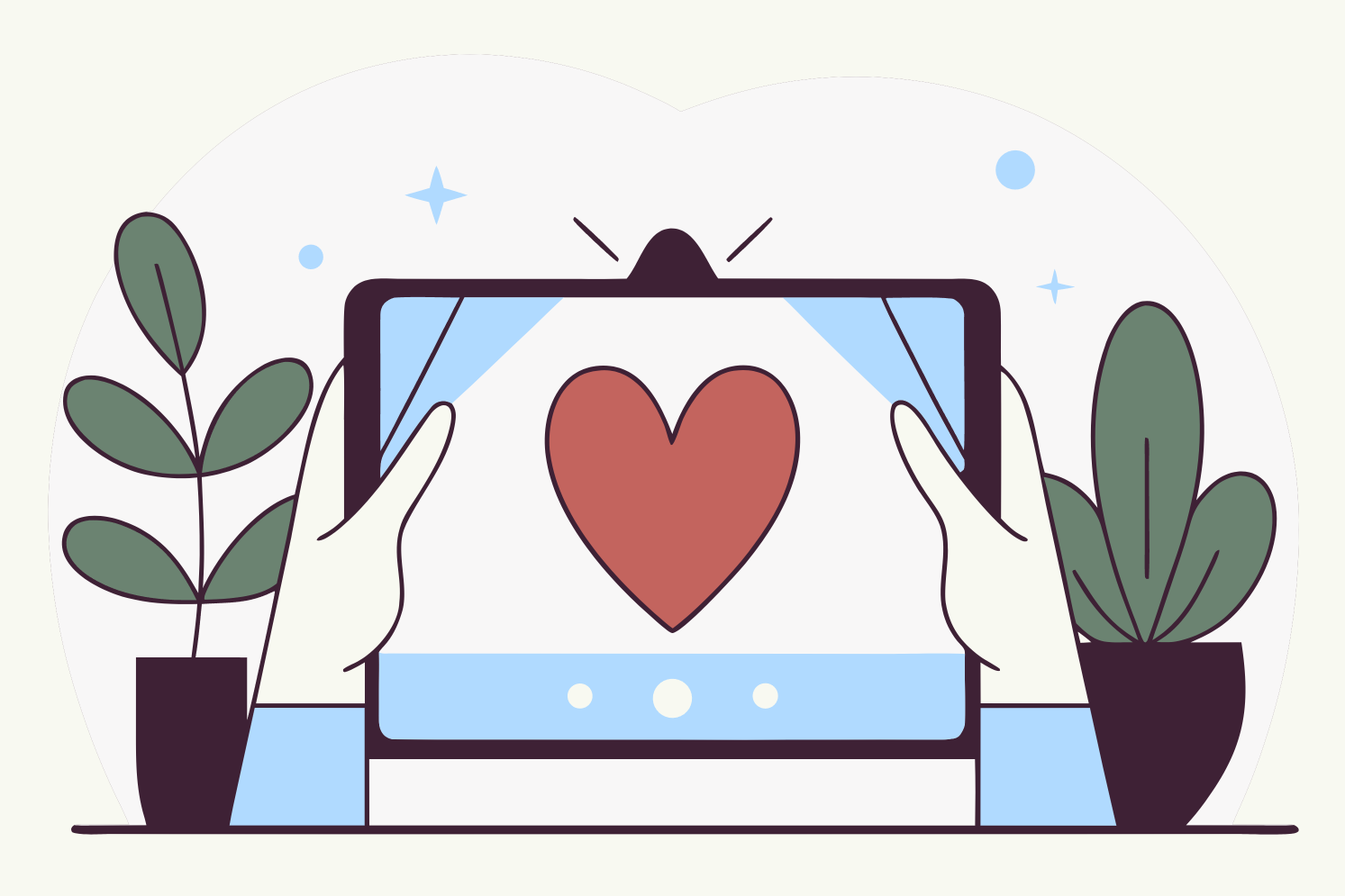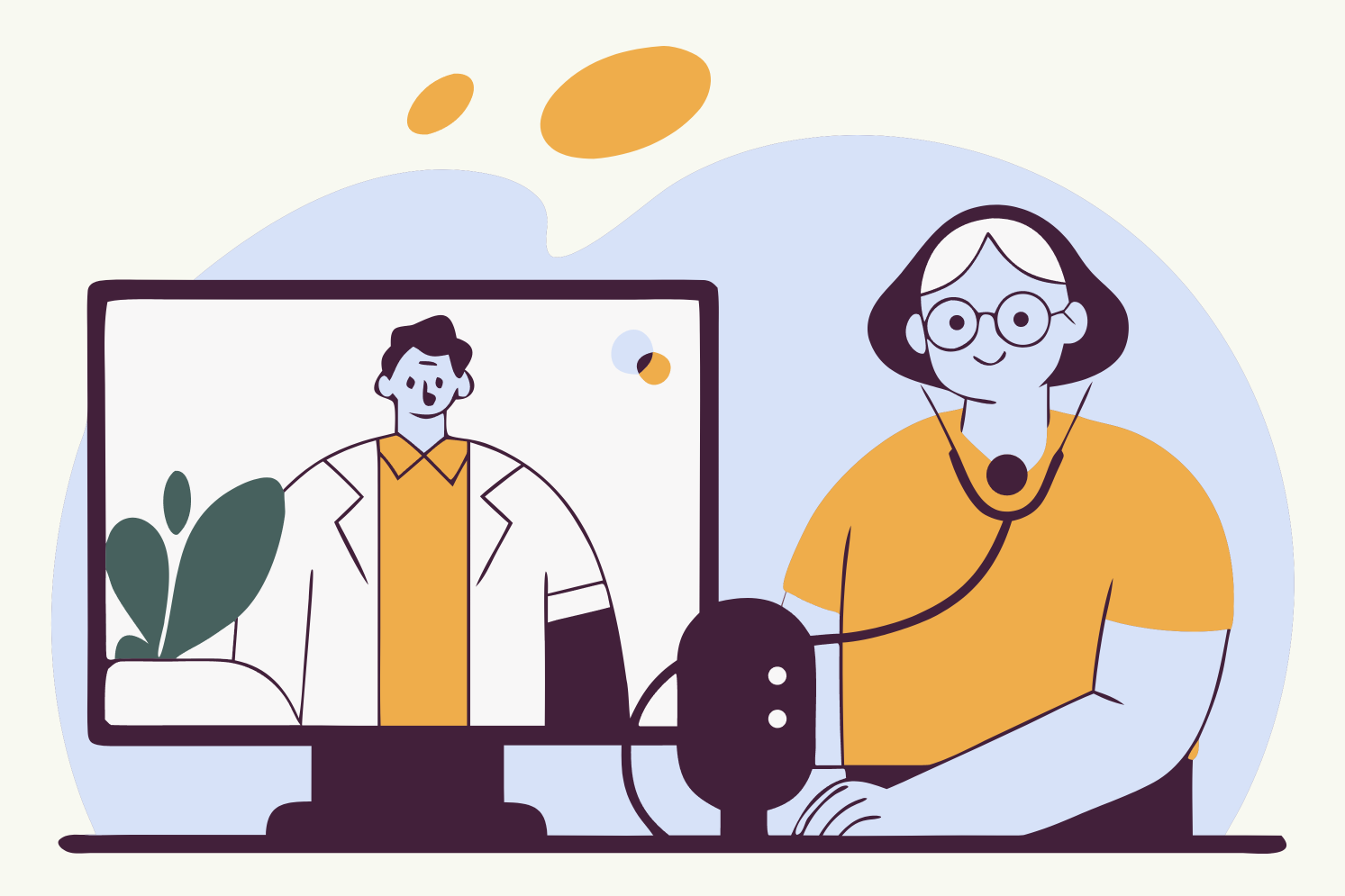Note: This is part III in the series, Why It's a Great Time to Start Remote Patient Monitoring (RPM)
Check out the rest of the Series:
- Part I: 3 Reasons Remote Patient Monitoring (RPM) is Great for your Patients
- Part II: 5 Ways Remote Patient Monitoring (RPM) is Great for your Business
- Part III: 5 Ways New Technologies are Making Remote Patient Monitoring (RPM) Easy
A unique combination of factors has made 2021 a fantastic time for providers, payers, and providers to think about getting started with—or expanding—their Remote Patient Monitoring (RPM) and other virtual care programs. These virtual care programs are considered a subset of the broader shift towards telehealth. This series will look at how we've arrived at this unique point in time and what has changed to make RPM a "must-have" offering in 2021, and looking forward into 2022 and beyond.
COVID has played a role in RPM and other forms of telehealth adoption, as we will explore in the series. However, the general trends that will make RPM a future healthcare staple go well beyond COVID or any kind of future epidemic or pandemic-style event. These trends include patient outcomes and attitudes, reimbursement opportunities, new technologies, regulatory exceptions, and the lowering of financial and other risks to get started.
With that, we continue with part III:
5 ways new technologies are (finally) making remote patient monitoring (RPM) easy
At 1bios, we started building our RPM software platform in 2014. At the time, the best we could do for the broader population outside the four walls of the health system was an RPM use case that required patients to enter data into a web portal or their phone app from their "non-connected device.” Alternatively, patients could enact a set of Bluetooth-related "connections" that required downloading apps and jumping through hoops (including setting up and managing accounts, pairing devices to a 1bios system, etc.)
Care teams were similarly challenged to know precisely which patients needed human attention, at which urgency, based on which data, and whether the attention they needed could be provided by automation and what required a person. If a person was required, an additional challenge was engaging the right care team member for the task (e.g., is this an MA check-in call, or something that should go straight to a Physician or other Qualified Healthcare Professional (QHP)). Fortunately, we've seen massive advances in technologies in the last seven years that are breaking down these barriers and more.
1. RPM/virtual care automation platforms
Now you can get unified RPM and Chronic Care Maintenance (CCM) and other virtual care systems that are purpose-built to make it easy to deliver RPM, CCM, and more. A good platform will integrate with all the best RPM devices, have purpose-built tools to track and alert you towards billing metrics automatically, automatically track all time spent by each care team member on each patient and specifically track what was being done, make billing easy, integrate with other systems, provide bulk and 1:1 digital messaging, make it easy for you to engage patients, and more.
2. Automated patient engagement
Patient compliance is critical to the success of an RPM program. Now, it's possible to automate "reminder/nudges" and program incentives to help keep your patients and members on track. These tools can utilize machine learning algorithms to deliver the right messages at the right times to the right patients and the right information at the right time to the care team. In tandem, these automation tools make it much more financially feasible for a small number of human care teams to manage large numbers of remote patients on a high-touch/high-frequency basis. For more on patient compliance, see our article “7 Ways to Increase Patient Compliance in your Remote Patient Monitoring Program.”
3. Cellular monitoring devices
Cellular monitoring devices are much easier to utilize in an RPM program than any other type of device. A cellular device has its own cellular chip and data plan associated with it, like your phone does. This means we can hand a patient a cellular device or ship it to their doorstep, which is more common, and all they have to do is take the measurement. The measurement will automatically be sent from the device to 1bios and be applied to the patient account (and trigger alerts/etc.).
The patient does not need a smartphone, and they don't need to plug anything in. They also don't need to pair a device, manage a hub, or sync with an app on their phone. They just need to use or wear the cellular device, which automatically sends the new data to 1bios, resulting in higher compliance.
1bios supports the largest number of cellular monitoring devices worldwide from three manufacturers. This ensures that you have the best pricing and availability options. We expect to have a "cellular wearable" available with RPM in early 2022.
4. EHR and other system integrations
It’s now easier than ever to share information across systems so the right people have access to the right information at the right time. With RPM, we can ensure that all care team members can access RPM information and receive alerts in their preferred system of record. Or, that a billing system can consume our billing information. Or, that we can consume orders and enrollment data from another system. In short, Healthcare IT is moving toward a more open, standards-based approach like other industries (accounting, marketing, travel, finance, etc.).
5. Machine learning (ML) & artificial intelligence (AI)
As alluded to in section 2, we are now able to utilize increasingly large datasets of RPM information, enabling computers to make better automated decisions and predictions than humans. Think of Google's PageRank algorithm that predicts a web page's importance based on a massive number of constantly building data points. Our RPM algorithms will accomplish the same thing, which is to predict the importance of a certain pattern of measurements and take appropriate action. These actions range from how to increase a patient's daily compliance to when a critical intervention is most important based on the pattern observed in the most recent patient readings.
The future is now
New technologies are making RPM easy and valuable for everyone. Patients are achieving better outcomes with less worry and effort as devices become more "passive" and "always on." Providers have simple-to-use SaaS platforms (like 1bios) that will collect, analyze, and make the data actionable and billable, ensuring that a small number of care team members can dynamically care for a large population. The best RPM platforms make it easy to share information with provider EHRs, other billing systems, and more. ML / AI applications are increasing as the volume of RPM data grows to create further value for all parties.
If you're ready to discuss the best approach to start or improve RPM and other virtual care programs for your organization, book a virtual meeting with us today!



